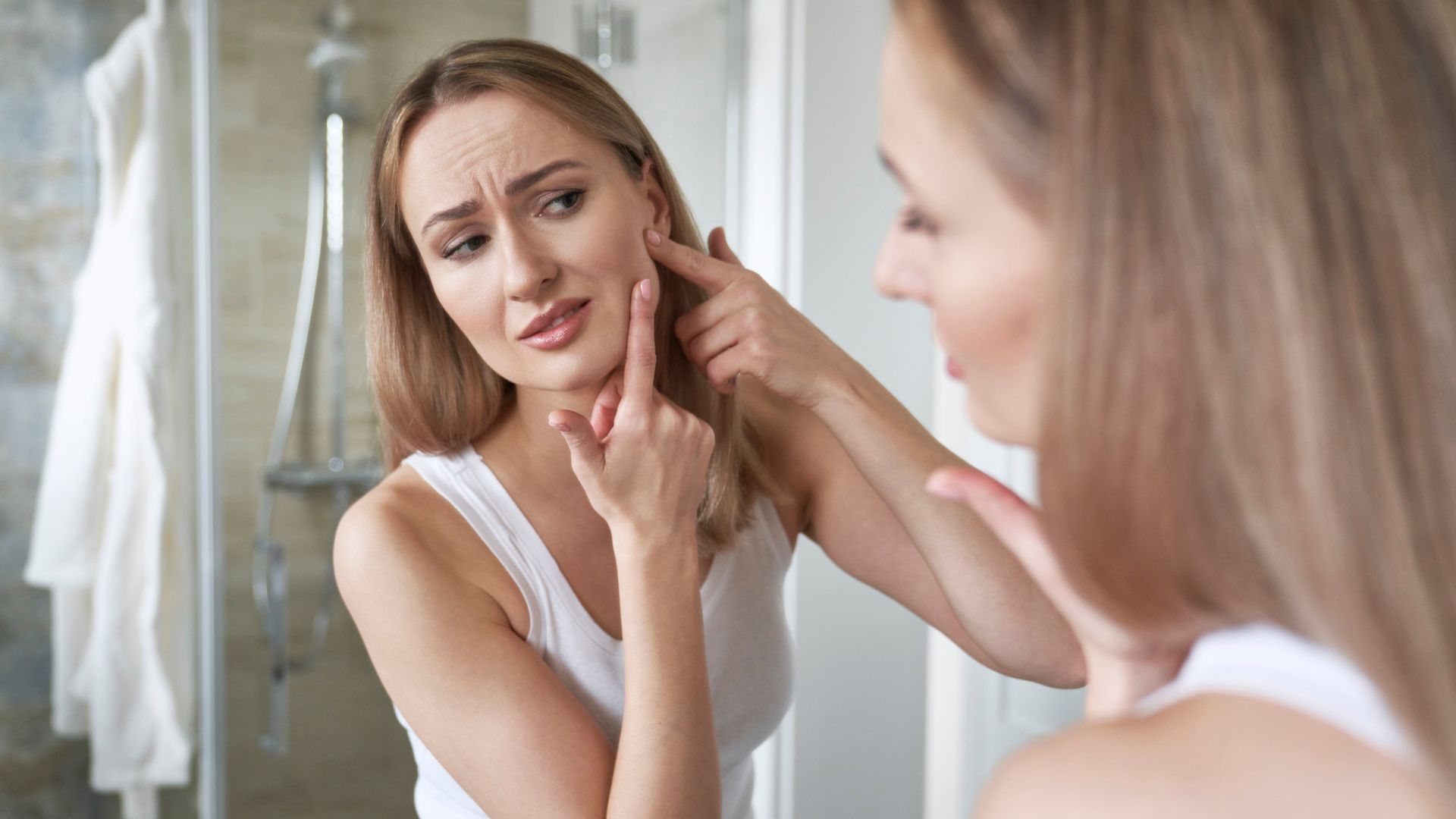Acne and its many forms: How to treat them
Getting a pimple on your face is never a pleasant experience. Unfortunately, it’s not that easy to avoid them. However, there are some ways you can try to treat them.
October 27 2022 | Simra SadafAcne and its many forms: How to treat them
Acne is one of the most common problems people have had to deal with since time immemorial. Those who have had it long enough have accepted it as a part of life.
First, what is acne? Acne vulgaris is a skin condition. It’s an inflammatory disorder of the skin that occurs when the pores of your skin get clogged with oil, bacteria, or dead skin cells. Acne is seen mostly in people between the ages of 12 and 24. However, it can occur in later stages of life as well depending on lifestyle and eating habits.
Apart from excess sebum production and bacteria, there are other things that trigger acne or make this condition worse:
Hormonal changes during puberty and in the later stages of life
Medications including testosterone, lithium, and corticosteroids can cause acne
People who eat junk foods that are packed with carbohydrates is one of the most common reasons why people have acne
Stressing over your acne and breakouts will worsen your acne problems
Types of acne

The common areas of your body that are more prone to breakouts are the face, forehead, chest, shoulders, and upper back. Acne is of seven types.
1. Blackheads
This is mild acne that looks like tiny, dark lesions or spots. Blackheads are open comedones that appear on your skin and mostly on your face and neck. Blackheads are caused due to clogged hair follicles
2. Whiteheads
They are mostly seen on the T-zone, nose, and chin. Unlike blackheads, whiteheads are closed comedones that remain under the skin and only cause raised bumps on the skin.
3. Papules
Tiny red or pink bumps that become inflamed
4. Fungal acne
Also known as pityrosporum folliculitis, this type of skin acne occurs when excess yeast grows in the hair follicles. This fungal acne can cause a lot of itchiness and inflammation.
5. Pustules
These look like whiteheads encircled by red rings. The whiteheads are also yellow in color in many cars. These are pimples that contain pus. It causes acne scars when you try to scratch or pick them
6. Nodules
Large solid pimples that have developed deep in your skin. Having nodule acne can be quite painful
7. Cysts
These are pimples similar to nodules that have pus inside them
How to get rid of acne
Each type of acne is treated differently. No one medication fits all kinds of acne.
For blackheads and whiteheads
Blackheads and whiteheads are the mildest types of acne and can be easily treated using topical medications or topical retinoids. They can also be treated using salicylic acid-based toners or benzoyl-peroxide spot treatments.
Pustules and papules
These are moderate types of acne and can be treated using an oral or topical prescription. The OTC medication used for blackheads and whiteheads may not work for pustules and papules. You need to consult a dermatologist before getting medications.
Nodules and cysts
Nodules and cysts are the most severe types of acne. You have no other option but to see a dermatologist to get rid of these forms of acne. You should never pick or pop nodules and cysts as they can leave lifelong scars on the skin.
Other changes

When you have acne, it’s important to be patient. The medications work their magic immediately on some people, whereas it takes years for some people to completely get rid of them. While you wait for the acne to heal, there are other lifestyle changes you need to make:
Avoid stress: The amount of oil in your skin is directly influenced by the amount of stress you take on a daily basis. You need to tame your stress by meditating, deep breathing, or practicing yoga
Wash your face: Make it a habit to clean your face before and after working out. Take off your makeup after coming home or before you go to sleep
Plan a good diet: Stay away from carbohydrate-rich foods like dairy, sugar, and greasy food
Wear sunscreen: Protect your skin from harsh UV rays by applying sunscreen. Create a barrier between the outside air and your skin by selecting a sunscreen that has SPF 30 or higher
It can be tempting to keep touching your face but you need to stop doing that right away. When you keep touching acne, there are chances of new bacteria getting introduced into the skin and causing more damage. It can even break the seal of your acne and spread the bacteria furthermore.
Acne can take a toll on your mental health. The more you stress about it, the more you will feel worse about your skin condition. Take medications and follow a healthy lifestyle to see effective results.
Disclaimer : Beem Wellness provides general education on health and wellness. The content on this blog, website or any linked material is not intended and should not be considered, or used as a substitute for, medical advice, diagnosis or treatment. If you or any other person has a medical concern, you should immediately consult your health care provider.
In case of medical emergencies, please call 911.

